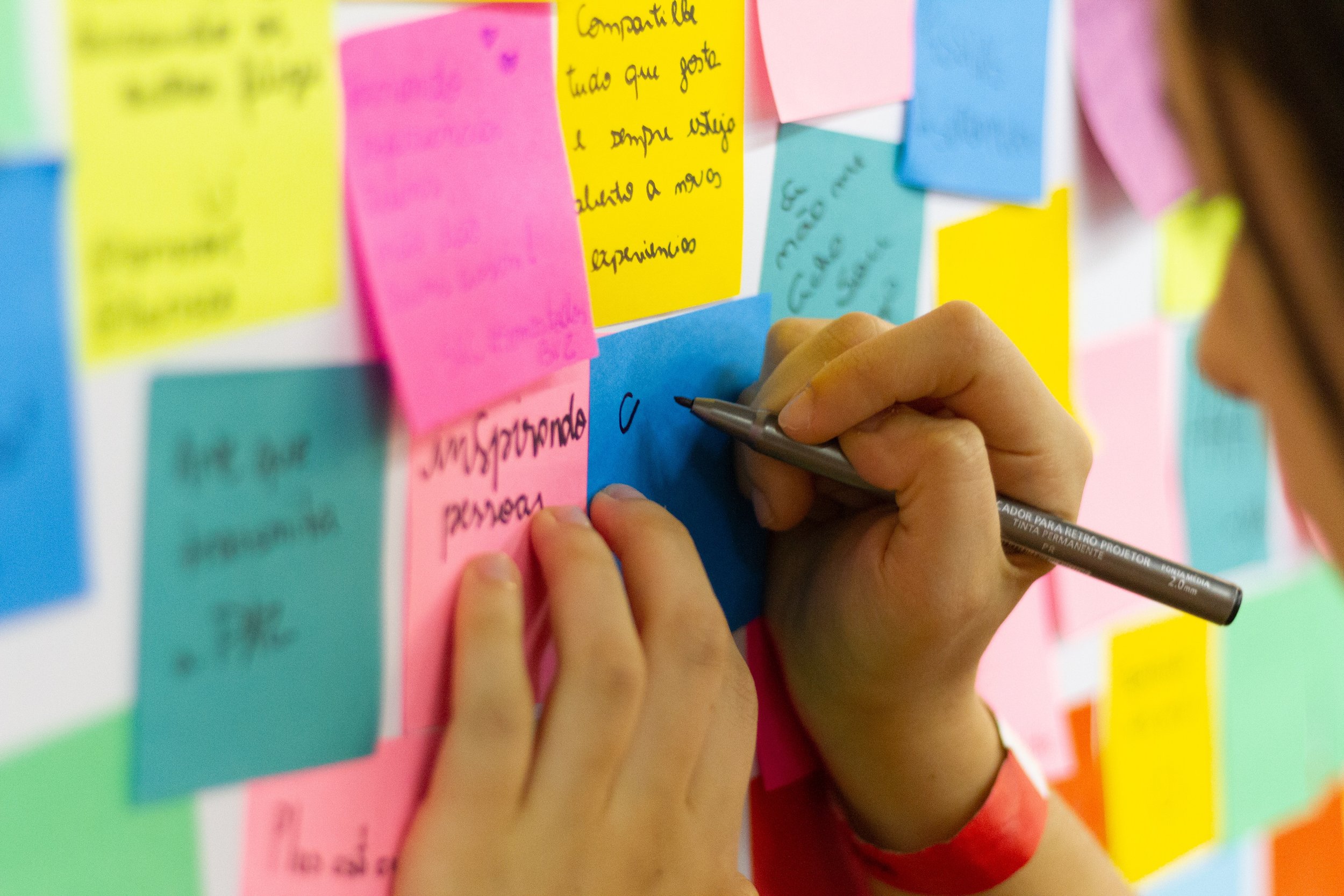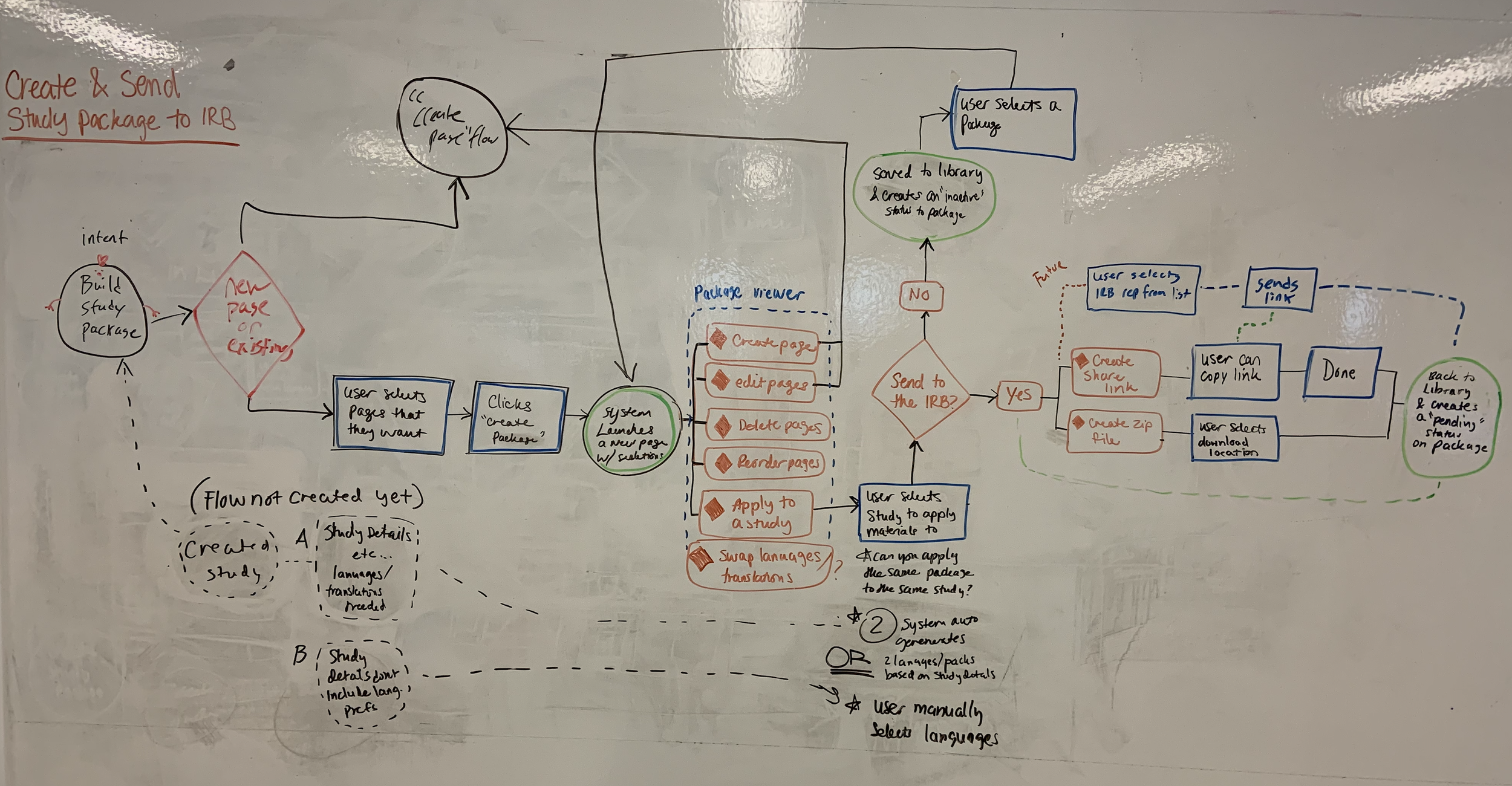My approach
Designers have a tool belt of methods to help clearly identify and strategize around any problem; then, create a solution.
Design can create strategic bridges across a brand’s ecosystem; to creating experiences so that all touch-points and moments of brand engagement inform each other in meaningful ways.
Involving design early-on and along the way will help mitigate risk for your teams and organization.
Here is a bit about I’d work with you:

✨Magic✨ happens when multi-disciplinary teams have a shared understanding.
Research + Cultivate
Product, Design, and Development should collectively understand the macro and micro contexts of the people and industry they serve. This is where sparks fly and innovative opportunity is discovered; mitigating risk for market fit.
Reading the articles a few wonderful people and I co-authored.
Author: Jodi Culter
Co-Authors: Stephanie Daher, Ramla Ali, Chris Rader, Rob Pierce
Winning with Fidelities Pt. 1:
How to unpack a complex world
Winning with Fidelities Pt 2:
Exercises to stretch the connective tissue
Winning with Fidelities Pt 3:
Take action to unpack complexity

Design education through trust
Empathize with your team, not just your users.
Designers should be understanding of their cross-collaborator’s goals. Allowing the practice to be flexible will ensure KPIs are still met, while being able to celebrate all the wins in the right direction. Your product owners/managers and developers are on your team, so be on their side.

Facilitate + Collaborate
Good ideas can come from anywhere, so bring all expertise to the table.
There’s nothing more fulfilling than helping a group of people with varying expertise to discover, learn, and come to a consensus together. Whether the team is writing stickies in person or white boarding virtually, workshops and jam sessions fosters team building, and a great environment for rapid ideation.

Organize + Validate + Iterate + Design
There’s a lot more to figure out before deciding what the screens look like.
Logical groupings of tasks and information, quick sketches of as many variations as possible, all while checking questions + assumptions along the way is critical to the design practice. It puts the hard work up front, and less guess work for later.

Measure + Inform
Analytics will help discover areas to investigate that might surprise you.
It may not give you the exact things to improve upon, but it may surface trends and indications that there’s areas needing improvement. Let what you learn feed into your next plan of action for research, ideation, and the roadmap to the future.





